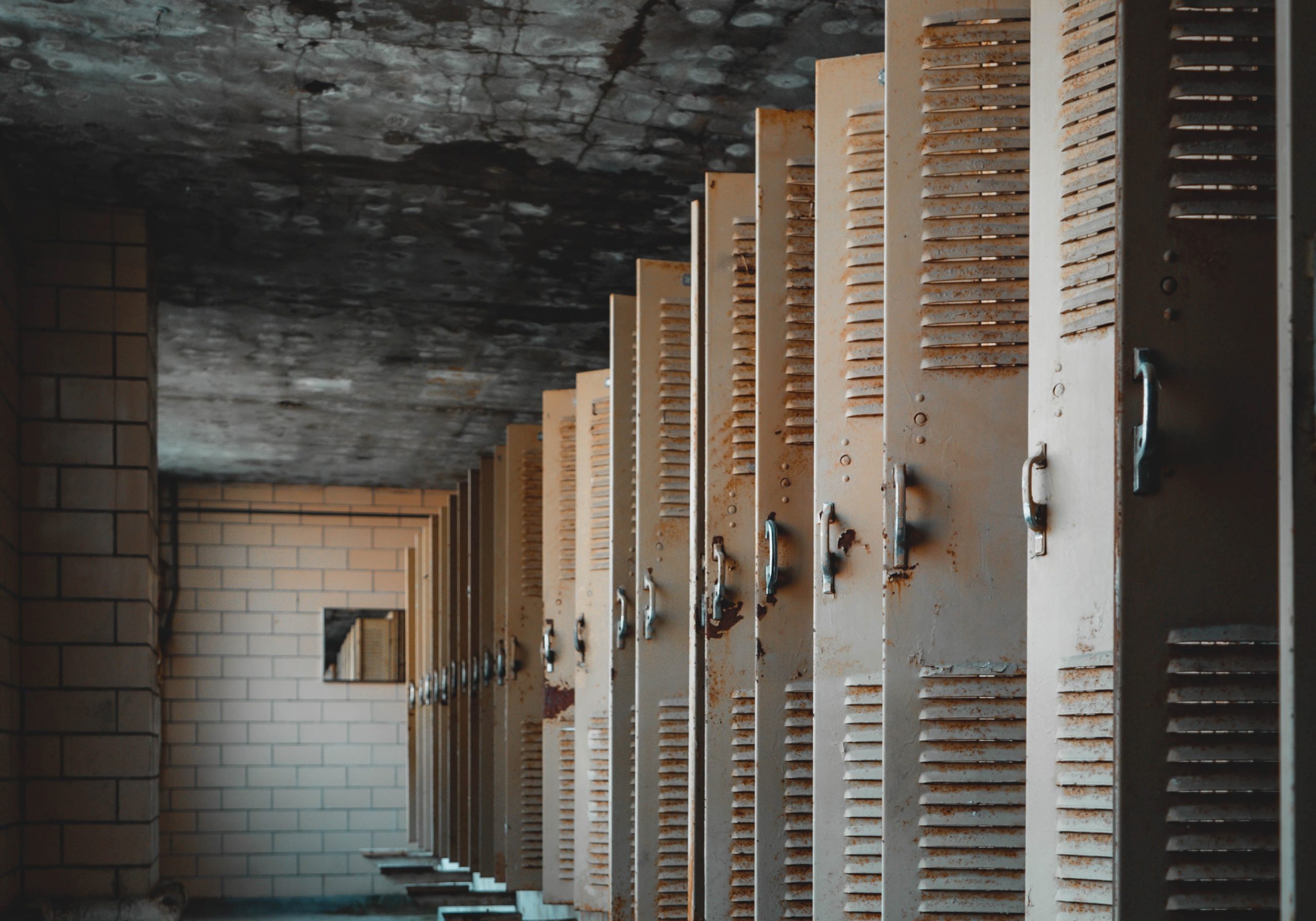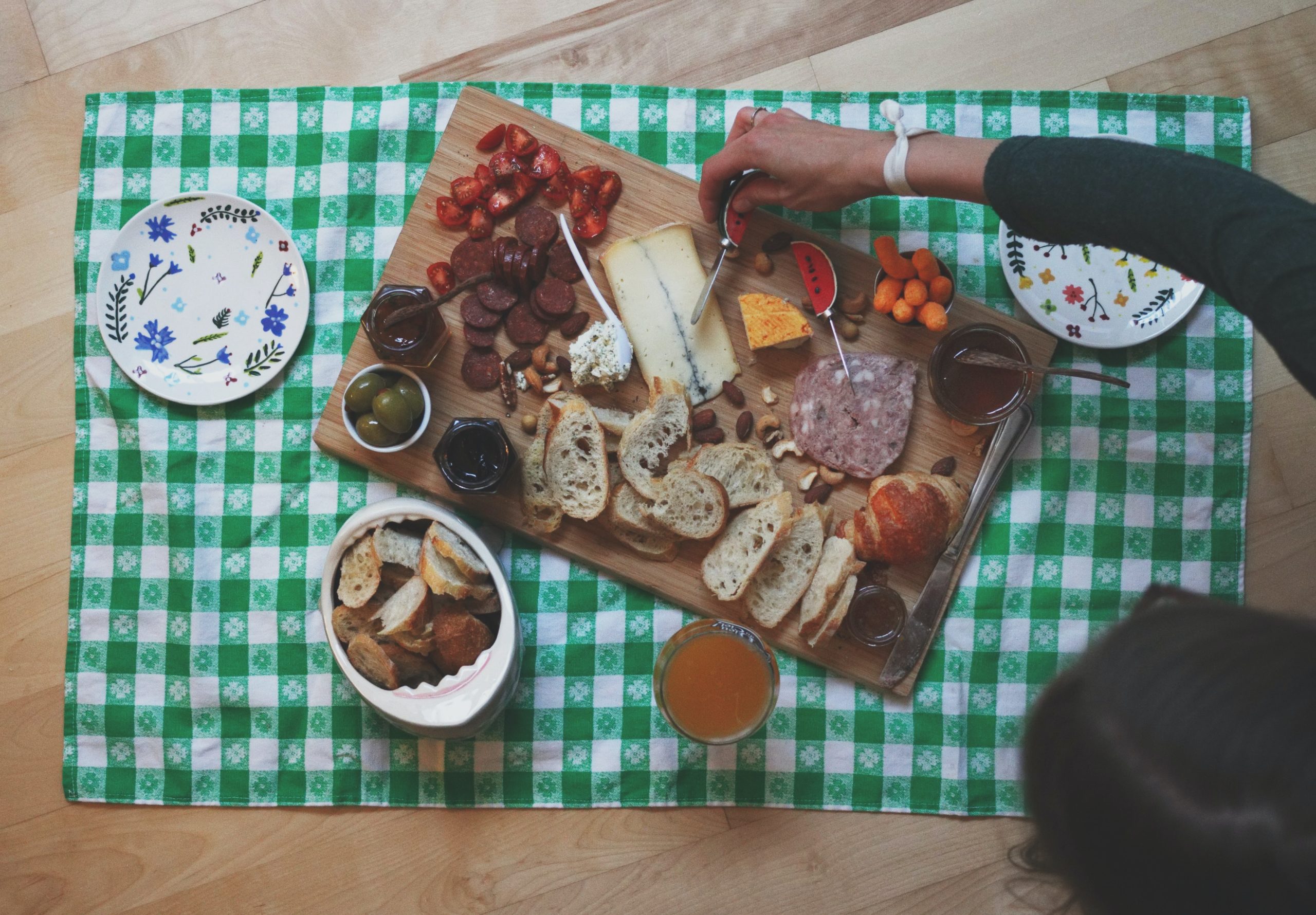According to the World Health Organization (WHO), almost one-third of residential and commercial buildings are impacted by mold, totaling more than 45 million homes, businesses, and schools. Those structures that have insufficient ventilation, insulation, or heating are most at risk.
But mold isn’t limited to buildings; it is often found in our cars, trucks, boats, and busses, too. And even if we think it isn’t affecting us through those sources, it turns out that the very food we innocently eat (mold-contaminated food – see list below for the most common offenders) may, in fact, be contributing to a growing health crisis that cries out for our attention.
Mold and damage to personal property can be very costly to remediate, but the price we pay in our health is even worse. Billions of dollars in related healthcare costs are spent each year… with no end in sight. Mold-related health disorders cost our economy upwards of $5.6 billion per year and that number is growing at unprecedented rates. Respiratory illnesses alone have increased 30-50% as a result of this burgeoning problem (according to WHO). But respiratory illnesses are just the tip of the iceberg.
Mold is a living organism and the toxins that it produces can be extremely dangerous. A study published in the American Society for Microbiology focuses on the toxins that these organisms produce, how they cause disease, and how they are used in biological warfare. You read that right. It’s that deadly.
No matter how you look at it, mold is a public health issue. We believe that mold infestation should be considered as dangerous as formaldehyde, pesticides, and heavy metals… and maybe even more so.
Mold Is Sneaky
Some people are not as vulnerable to mold toxicity as others. For them, a runny nose, persistent cough, itchy or watery eyes may be the main symptoms. For others, asthma can be a symptom of mold exposure. In fact, a study by the EPA (Environmental Protection Agency) estimated 4.5 million cases of asthma in the US are directly caused by, you guessed it, mold.
And for those with COPD or Covid-19, mold exposure only exacerbates the problem, as the lungs are already weakened and less able to withstand the stealthy assault of mycotoxins.
Those who have a chronic health problem, are immunosuppressed, or who are more sensitive to mold for any reason are the “canaries in the coal mine.” It would be wise to investigate their indoor environment for mold issues. The cumulative effect of mold exposure can be deadly.
If you have cancer, you’ll want to pay careful attention to your environment.

Moldy Myths
Myth #1: Black mold is the only dangerous variety.
Truth: While black mold (Stachybotrys chartarum) has been proven to be quite dangerous as it releases poisonous mycotoxins, it is not the only strain to be wary of. Aspergillus is the most common strain of mold, which typically thrives in low moisture environments. But the truth is that all forms of mold grow rapidly in humid, damp environments, and left unchecked, can wreak havoc on your health.
Myth #2: Mildew can’t make you sick
Truth: Mildew may present in either white, green, or black color. While mildew has not been proven to be as dangerous to your health as black mold, it should not be ignored.
Described by FEMA as early-stage mold, mildew is an air-borne fungus that spreads when it lands in damp, humid environments where it colonizes and quickly takes hold. Unlike mold, however, mildew doesn’t penetrate surfaces such as drywall, carpets, etc., but grows instead on flat surfaces such as walls, bathroom, and kitchen tiles, etc.
You can clean it up safely by using a solution of water and white vinegar or tea tree oil applied with a scrub brush.
Moldy Food – Another Cancer Connection
Do you eat a lot of grains? Peanuts? Corn? How about coffee, chocolate, nuts and seeds, dried fruit, milk, cheese, or butter? These foods typically contain high concentrations of aflatoxins, a type of mycotoxin.
The chilling fact is that there is a significant body of research connecting these aflatoxins and liver cancer. An estimated 43.9% of liver cancer cases in Bangladesh, for example, were found to be connected to the toxic exposure of aflatoxin.
You may recognize these foods as staples in many parts of the world, including America. But what you may not realize is that these common foods are often used in processed animal food. That means that even if you don’t consume these products yourself when you ingest them by way of animal products (including milk) that have been contaminated, you are increasing your risk of liver cancer.

Are You Symptomatic of Mold Exposure?
How many of these mold-related symptoms do you experience on a regular basis?
- Asthma, allergies
- Headaches
- Neurological issues
- Fatigue, weakness
- Joint pain
- Cognitive decline, memory loss
- Autoimmune disease
- Hair loss (Alopecia)
- Depression
- Dizziness, vertigo
- Changes in vision
Solutions for Remediating Mold Toxicity
- If you suspect mold in your home or another environment, the first thing to do is to REPAIR WATER LEAKS IMMEDIATELY. And, especially if you have cancer, we suggest you bring in professionals for the clean-up. Make plans to exit your home and relocate during the clean-up (this is the time to visit a hotel, family, friends) until it’s safe to return. The last thing you need, as a cancer patient, is to breathe the mold spores that are stirred up and the chemicals that are commonly used to remediate it, which may only exacerbate your problem.
- The root cause of mold is often excess moisture in your home or structures you spend the most time in. For this reason, consider using a dehumidifier in those mold-prone areas. Also, consider using an ozone air purifier which can kill the mold. This highly successful air cleaner can help make your home a much safer environment – it not only kills mold, but it kills bacteria, viruses, dust mites, and more. Discover the proven effective benefits of ozone therapies discussed in my interview with Dr. Frank Shallenberger, world-renown ozone expert: https://templetonwellness.com/articles/ozone-therapy-your-secret-weapon-for-treating-cancer/
- Adopt a low-mold diet. Avoid foods that are commonly contaminated with mycotoxins (peanuts, grains, corn, etc.). Increase your consumption of organic produce and healthy, pastured animal products and fats.
- Detoxify religiously. There may be no better way to support your hardest-working detox organ (your liver) than indulging in a Far Infrared Sauna. Learn why this easy, painless, and successful liver toxicity procedure is vitally important — in my video interview with Phil Wilson, an expert in far infrared technology: “Deep Heating Your Way Out of Cancer”).
- Also, take care to exercise as much as you can (at least 15-30 minutes a day). This simple, natural, totally free method of detoxification increases sweating, improves blood circulation and lymph drainage… a win/win in decreasing your risk of cancer and improving your overall health.
Related Articles:
Mold In the Home: A Dangerous Dilemma
What’s Growing In Your Coffeemaker?
Resources:
“Aflatoxins,” National Cancer Institute. https://www.cancer.gov/about-cancer/causes-prevention/risk/substances/aflatoxins
“Mold Statistics,” Water Damage Advisor. https://www.waterdamageadvisor.com/mold/statistics/.
Bennett JW, Klich M. Mycotoxins. Clin Microbiol Rev. 2003 Jul;16(3):497-516. doi: 10.1128/CMR.16.3.497-516.2003. PMID: 12857779; PMCID: PMC164220.
Lisa Jones-Stohosky, “What Is Mildew Really? The Difference Between Mold and Mildew,” JSE Labs (June 18, 2020). https://jselabs.com/blog/difference-between-mold-and-mildew/
Ann Shippy MD, “Links Between Mold Toxicity and Cancer. https://annshippymd.com/links-between-mold-toxicity-and-cancer/
Saha Turna N, Wu F. Risk assessment of aflatoxin-related liver cancer in Bangladesh. Food Addit Contam Part A Chem Anal Control Expo Risk Assess. 2019 Feb;36(2):320-326. doi: 10.1080/19440049.2019.1567941. Epub 2019 Jan 29. PMID: 30696374.
